Sunday Summaries 02/10/2016: Dragon Quest Heroes & Batman Arkham Knight
By Mento 2 Comments
It's finally October, which means a new month of releases and a whole lot of Halloween fun. It's often around October that I start to consider how many new games I've played this year, and whether I've used my gaming hours to the fullest. We're still three months away from the end of the year, but that just means I've got plenty of time to think about for how I approach 2017.
Concerns like the format of this particular feature you're reading right now, for example, and how despite my best efforts still manages to be overstuffed week after week. I'm considering ways of breaking it up into multiple weekly features, one for new release thoughts, one for wiki updates, etc. That all can wait until next year though; the more pressing concern is what I intend to swap Go! Go! GOTY! with - I very much doubt I'll have enough 2016 games to make that feature work this year, unless I go all out in the Steam sales or something equally spendthrift. Actually, that's going to be a major problem for my GOTY awards as well.
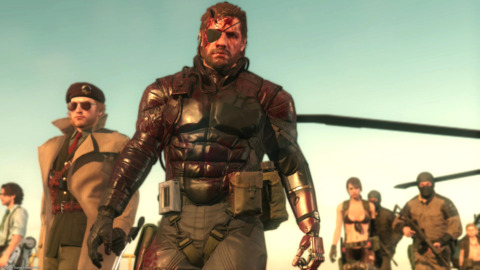
One last note before I begin: I jumped back into Metal Gear Solid V briefly after picking up a few tips from catching up with Metal Gear Scanlon. My intention since I completed that game back in August has been to return to write one last blog concerning those cassette audio logs, and boy do I have some statements to make about Paz's Peace Day audio diary, Zero's taped confessions or Kazuhira making the perfect burger for an ancient Native American man filled with parasites, but the reality of my brief return visit is that I'm loath to leave any game half-complete - even though to "complete" MGSV fully would be to dedicate another fifty hours to S-ranking its missions and completing any remaining optional objectives, not to mention the huge number of side ops left to resolve. Ditto for returning to Stardew Valley some time soon to see everything the new patch adds to the game; I just know that a brief visit will turn into another seasons-long stay to unlock all the fresh content.
For now, I'm going to keep playing new games instead and try not to let any of the above get to me. A forlorn hope if I ever heard one.
New Games!
Just a handful of new games that I could find for this week, but what a handful. There's at least three games here that will spur a lot of conversation on the Bombcast and elsewhere. That is, if the imminent release of the PSVR doesn't overshadow everything else happening this month. Not that anyone's particularly psyched for more VR, mind, but it will mean a giant stream from the GBWest boys and that'll give them less time to focus on the following.
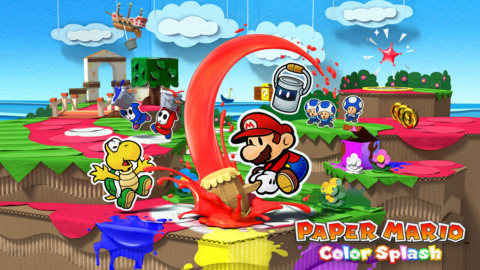
I gotta say, even with the low reputation of this spin-off series in recent years, my most anticipated release this week has to be Paper Mario Color Splash for the Wii U. The last console Paper Mario game was Super Paper Mario, which is - depending on who you ask - either a half-good game in the series or the beginning of the end of Paper Mario as we know it with the ongoing de-emphasis of the RPG aspect. Sticker Star also failed to enchant anyone, but that doesn't mean we can't hope for the best with this new entry. It's not like this series has been in the crapper for years; it's seen one OK game and one fairly bad one since the superlative Thousand-Year Door. In fact, I'm going to stop worrying about it and... recall that I still have a bunch of Mario & Luigi RPGs to play instead. I guess this one can wait either way.
Wisely dropping an awkward "people of color" segue from Color Splash to Mafia III, we have the runner-up for the game I'm most curious about this week. Mafia III has been promoting an intriguing premise of a black mobster avenging his fallen crime family in 1960s New Orleans, though I've not heard quite as much about the actual gameplay stuff and how closely it'll follow the blueprint of the previous Mafia games and other open-world crime games like Grand Theft Auto V. I mean, I'd imagine it would to an extent, but we've seen so many advances to the open-world format since even GTAV that I'm hoping the developers can create a gameplay model as distinct as its setting. Not suggesting I should be able to Fulton gang members or spend hours scouring the bayou for treasure chests, necessarily, but I'd like to see the game display some kind of edge beyond casually tossing around racial slurs for the sake of period-appropriate verisimilitude.
Lip service must be paid to Gears of War 4, also out this week. Hard to say how much the general gaming audience have been looking forward to this belated time-skip sequel; while the series still has its major fans, as the salty replies to Jeff's poor rating of the remake of the first game can attest, folk seemed to be happy with how GOW3 concluded and really didn't care for that Judgment spin-off. Personally I got so bored playing the first one that I checked out of the series then and there, so this'll be one of those major releases to fly right by me like any given Halo. All the same, I hope it does right by its fanbase.
In the miscellany section we have: Frog Climbers, that QWOP style rock-climbing multiplayer game with the frogs that Dan showed off in a recent UPF. I'm not sure where I stand with games that have such obfuscated controls that no-one can really be expected to do well. Seems like the type of game invented for drunk people who have no coordination to interfere with the mayhem. We also have Rocksmith 2014 Edition: Remastered, which has a really stupid title even after I've deduced the context behind what it's saying, and the console version of that multiplayer Warhammer: End Times: Vermintide co-operative horde shooter thing. The duders seemed to like it enough on PC, so maybe it'll find new life on consoles almost a year later. Sure took its time though. Doesn't it know there's a ratpocalypse going on?
Wiki!
Not stopping for a second, I'm happy to report that we have another eleven PC Engine wiki pages in the bag. That is exactly half of 1992's paltry twenty-two HuCard releases, which in turn is half of 1991's total, and that number will continue to decline as we head further into the 90s. If you didn't see it, incidentally, I wrote a feature to mark the completion of the 1991 HuCard library. As per usual, I discussed what I figure are the ten most interesting games released on the system that year, and another ten games that may have sold well had they seen an international release. Remember, the TurboGrafx-16 barely saw a fraction of what was available on the PC Engine, and while it's hard to say why Hudson and NEC under-served their American audience I can point to several cases where they had the games to localize and sell if they were so inclined.
The eleven pages this week, then, to briefly summarize:
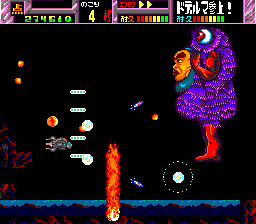
- Bouken Danshaku Don: The Lost Sunheart is another shoot 'em up with a weird Japanese sensibility, and I'm getting tired of writing that same sentence for half of these PC Engine games. This one skews a little closer to the surreal humor of Cho Aniki than the cutesy chaos of something like Parodius (see below).
- Chibi Maruko-chan: Quiz de Piihyara irritated me because I vaguely recall a game that had the same premise but couldn't remember its name. The premise being a trivia quiz game with an action element - in this case, the answers to a multiple choice question on the top side of the screen correspond to the colors of some robotic enemies you destroy on the bottom. Chibi Maruko-chan's a popular kids anime that saw a great number of video game adaptations, many of which went for something distinct like this, so while I have no hope of answering those questions correctly I can at least admire its moxie.
- Mizubaku Daibouken is better known here and elsewhere as Liquid Kids, and is a game that attempts to transplant the water flow physics that helped make Taito's previous Bubble Bobble and Parasol Stars memorable successes to a more traditional side-scrolling model. It doesn't quite work as well as you'd hope.
- Ninja Ryuukenden is another game that might be familiar to US NES owners: Tecmo's Ninja Gaiden. The PC Engine version has far more in common with the NES version than the original Arcade version - you might consider this to be Taito's special "home version" they rebuilt from scratch - and while the game looks generally better on the technologically superior PC Engine there's also a few spots where the graphics look cheap or thrown together, like a rushed port. The gameplay's a little off too: there's less invulnerability after getting hit, making it easy to get trapped by some enemies and bosses. It's certainly a different experience, if you're the type of Ninja Gaiden fanatic who wants to see the game in a new light.
- NHK Taiga Drama: Taiheiki is a curious one, and not because it's a yet another strategy war sim set during a tumultuous time in Japan's history - the 14th century, in this case, rather than the usual 15th and 16th where we find the Sengoku era. Rather, this is a game commissioned to be launched alongside the titular NHK Taiga Drama: a hour-long historical drama that the Japanese TV station NHK hosts every year, each time in a different setting with a new story. It's not clear if NHK's short-lived video game development branch intended to follow this with a series of game adaptations of their annual centerpiece production, but I believe this was the only one ever made.
- Cyber Dodge does for dodgeball what the Mutant League games did for their respective sports, though in many ways it's following the equally incongruously violent dodgeball antics of the Kunio-kun spin-off games, of which Super Dodge Ball was the first and most recognizable. Taking on teams of Roman gladiators, skeletons, aliens, robots or ominous floating wizards of the like seen in the background of certain Mortal Kombat stages, the game has a steep difficulty curve but is fairly solid. Shouldn't surprise anyone to hear that Compile, the creators of the equally visceral Devil's Crush and Alien Crush pinball games, was behind it.
- Parodius Da! is the second Parodius game, though for most it's really the first. While better known for its SNES port - one of the few for that system that was mysteriously released in Europe but not North America - Parodius Da! is when the series fully embraced its lunacy when spoofing the relatively dry Gradius games, giving the player the choice between the classic Vic Viper, a moonlighting TwinBee, Pentarou the son of the recurring Konami penguin hero Penta, or an octopus simply named Octopus (Takosuke, his successor in later Parodius games, is canonically his son and appears here as a baby octopus option). The character choice wasn't just cosmetic either: Vic Viper played like classic Gradius, TwinBee closer to his own series, Pentarou used the new loadout of Gradius II and Octopus represented the Gradius spin-off Salamander (also known as Life Force, which we covered last week). For all its silliness, Parodius was still compelled to deliver Gradius fans what they wanted.
- Mahjong Haouden: Kaiser's Quest is a mahjong game that frames its tile-based gambling with a RPG overworld that has the player traversing a map and ridding it of its monstrous denizens, one mahjong game at a time. The player is given a few initial starting areas, each with a different hero, but it's really just an excuse for a whole lot of one-on-one mahjong games.
- Toilet Kids is, like Kato-chan & Ken-chan before it, a game best known (if at all) for its scatological humor rather than its quality. Unlike Booby Kids, which just had an unfortunate if understandable name, there's no hidden context or mistranslation behind the title of Toilet Kids: you are literally riding around on a giant toilet bowl shooting at piles of feces and enemies that look like tiny child wangs. It makes Parodius seem the height of sophistication by comparison. (The game's mascot character, a Buddha-like figure holding two piles of coiled poop, would also become the mascot for Hardcoregaming101's recurring "Your Weekly Kusoge" feature that covers terrible games.)
- Gokuraku! Chuuka Taisen is the fourth cartoonish shoot 'em up on this list - I tell ya, the PC Engine had a type - and an adaption of a game known elsewhere as Cloud Master. The player, as the legendary monkey king Sun Wukong, rides around on his nimbus cloud shooting down enemies standing between him and his mission to protect the monk Tripitaka. The PC Engine version introduces a few enhancements, like the ability to turn around and a whole new set of bosses. In the English Master System version of the game the hero is simply "Mike Chen", who is presumably a regular guy riding around on a regular cloud shooting regular mythological thunder gods.
- Pachiokun Juuban Shoubu is a grim reminder that there's no escaping Coconuts Japan's sentient pachinko ball mascot. Though he only received two games on the PC Engine as opposed to the twenty or so (at least it feels that way) on Nintendo platforms, it's still the same old story: something goes wrong, and Pachiokun must win the day by playing pachinko. A lot of pachinko.
Dragon Quest Heroes!
After writing this piece that went up yesterday, there's not a whole lot left I have to discuss concerning Dragon Quest Heroes: The World's Tree Woe and the Blight Below (and I'm especially happy that I won't have to type that whole thing out again any time soon). However, I only briefly touched upon the game's character diversity in that piece and how, while streamlined for the sake of convenience, each character's selection of special attacks, passive abilities and stat distribution gives them a fairly distinct role in combat. You can stick to the default hero, since they're compulsory and you begin every map as them, but it's worth keeping in mind what your companions can offer. I figure I'd complete my Dragon Quest Heroes coverage with a look at these different characters and the potential they provide:
Luceus and Aurora are the two possible protagonists, one male and the other female. They are almost identical in terms of their stats and abilities, except for their elemental focus: Luceus uses fire attacks, which do a little more damage, while Aurora relies on ice attacks, which have the benefit of occasionally freezing foes in place for a few seconds. They're built to be all-rounders, excelling in neither martial nor magical power but finding a versatile middle ground. Each has a tornado designed to toss around weaker enemies to break up large crowds, a short-range move that hits several times in a short area and a chargeable lightning spell that can hit multiple foes. They're also the only characters to earn the useful Zoom spell, which allows instantaneous travel around the battlefield. The one you choose to play as will always be with you, and it's possible to develop the other in a different way - more focused on magic power, for instance - to make them a suitable companion.
King Doric defies the usual stereotype of a useless King who stays in his castle and orders you around, immediately joining the fray instead. The guy happens to be a legendary gladiator, so he's the first powerhouse "tank" character you find for the party. His best attribute is his crowd control: not only is he a heavy-hitter, but his weapon has a long reach and is able to sweep whole lanes of enemies. His best skill however is the Vimstone, which boosts the tension gain for all characters. High tension is something you'll rely on a lot after it's introduced.
Isla is the local inventor and something of a flirt, and was responsible for the player's flying fortress base Stonecloud as well as the various turrets you can use in a number of maps (though the enemies figure out how to build their own too eventually). She's your first ranged character, using her boomerang to take out enemies which would normally be tricky to hit: flying enemies in particular, though also the speedy metal slime enemies which - as per Dragon Quest tradition - also give out the best XP rewards. One quirk is that she does far more damage in turrets than other characters, because she designed them.
As for the cameo characters: Alena's a pure DPS fighter with skills that are designed to hit multiple enemies multiple times a second. She needs a little work to become truly devastating, like a means to boost how many criticals she lands, but once she's there it's hard to slow her down. Kiryl takes a defensive support role, adding to the team's magical prowess while having a few talents that keep the rest alive along with an instant death spell that, naturally, rarely ever works except on weaker enemies. Bianca is an archer and a complete DPS monster at a distance, though she can't take many hits and is less effective in winding corridors. Nera's a pure mage, also designed for the figurative back row, and is somewhat difficult to master due to her use of time-delayed bubble explosions. Lovable Cockney chancer Yangus goes full tank in this game, able to distract enemies and shield himself, and has a few talents for dodging enemy blows and quite a bit of strength behind his two-handed axe. Jessica's another mage, though also takes up the important role of healer - her hustle dance is the only reliable means of healing the party outside of one-use healstones, making her practically essential. Terry's a fast and powerful melee fighter, though is balanced by being somewhat weaker defensively than Doric, Alena or Yangus. He has a particularly broken combination attack that I tried to avoid using. The sultry dancer Maya is a hybrid mage/fighter like the heroes, except she only comes into her own once her combo meter's high as it will unlock the ability to fly around the battlefield and improves her other attacks - she's a character designed for advanced players who can reliably avoid getting hit and losing their combo chains. Finally, there's a secret character you get late in the game and starts vastly underleveled, but he catches up quick and has some of the most impressive melee range and space-clearing skills out of anyone.
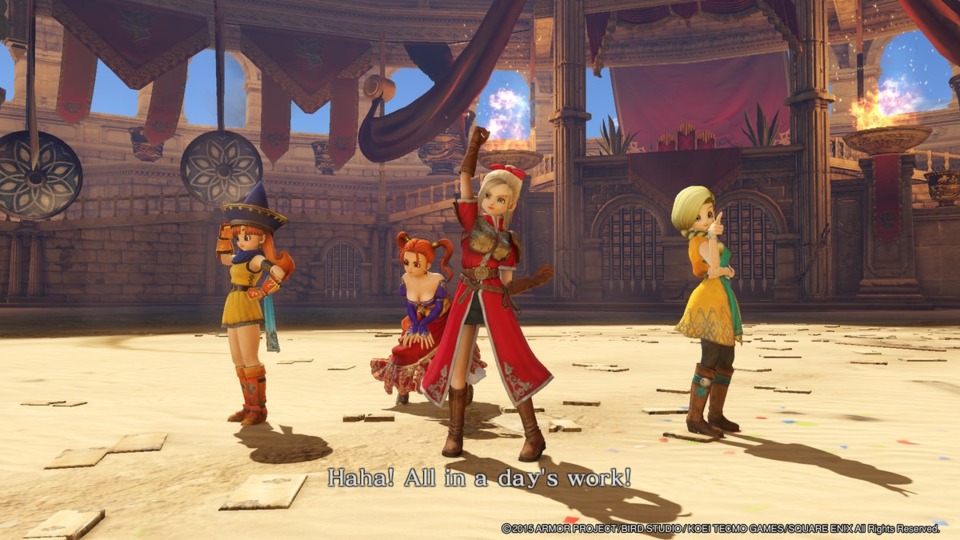
Dragon Quest Heroes encourages you to try out the different characters frequently, though you can choose to infer from that statement that I'm talking about how tedious the game can be playing the same character over and over as much as I'm complimenting the way the game ensures that every one of its characters presents a feasible alternative. The game's also not strategic enough that you should strongly consider certain heroes for specific maps - there's no way of knowing what you'll be dealing with without playing the map first, for one - so it really comes down to preference. Given the amount of cameos and callbacks, it is definitely a game intended to appeal to fans of the series first and foremost. I personally rolled with Aurora, Alena, Jessica and Bianca, but it seems like any team would probably suffice. Well, until you get to the scary post-game superbosses and every tactical advantage matters.
Batman: Arkham Knight!
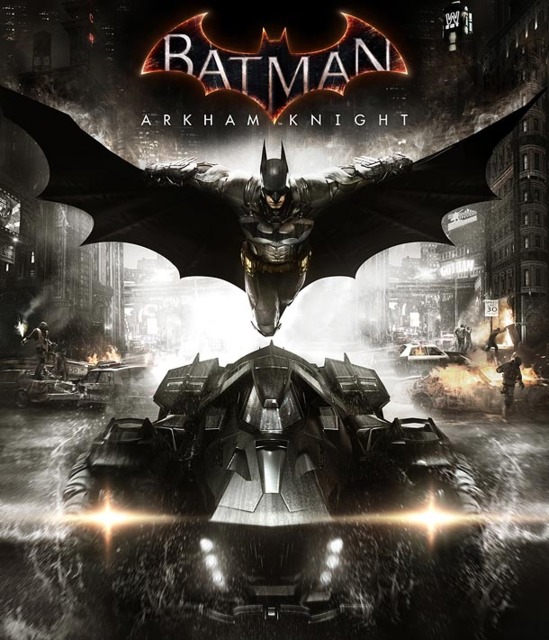
I've played a few hours of Rocksteady's "final" Batman game, Batman: Arkham Knight, and like many others I'm mostly torn between liking and disliking the various additions and tweaks it introduces, most of which concern the Batmobile and its larger role in the game. On the one hand, I love how entrenched this series is in both Batman's decades of comic book lore and Batman's noir atmosphere in a city perpetually kept in the dark. On the other, I think it makes too much of an effort to cover every facet of The Bat simultaneously, creating a dizzying number of different systems and gadgets and combo moves to keep track of. This is exacerbated by the usual feature creep issue common to sequels, as dedicated they are to adding enough new ideas and mechanics to justify their own existence. I also haven't played Batman: Arkham Origin, and while I recognize that it was one Arkham game that Rocksteady wasn't involved in and could safely be left behind, there's always that paranoia that there may have been some things established in that game - both mechanics and plot alike - that this one assumes the player is already familiar with. That thought occurred to me when I noticed how light the game is on the tutorializing; the only ones I've seen so far were for the new features, like the various modes of the Batmobile, the multi-person takedowns and the tweaks to the game's stealth "predator" mode, regular group combat and grapple-assisted traversal.
I don't think I've seen enough of the game to have anything definitive about the overall experience quite yet, but there's a few parts I've seen that were a little troubling. Specifically, how the Riddler challenges now seem to involve wacky race courses, how unintuitive the gliding and some of the fancier upgrades and their equally fancy button combinations can be, and how frequently the game tells me where to go next, what I ought to be doing next, what tools I need to use, etc. You could counter that last complaint by suggesting the game wants to narrow down your options due to how mechanically dense it is, or how modern games have considerably more player direction in general, or that I'm in the early hours where the game still has lessons to teach. Either way, my reservations about the game aren't particularly strong and I'm happy to go with the flow for the time being until I see enough of the many things it has to offer to crystallize or contradict my early impressions.
And that last part is what has me excited to be playing an Arkham game again. Like Arkham City, the game appears to be packed with places to explore, collectibles to find, classic Batman villains to encounter, riddles to solve (I know I'm in the minority, but I still love 'em) and some moderately fun combat, stealth and traversal to tie it all together. I even don't mind the Batmobile, and how tank battles so far boil down to using the strafe to be maneuverable and accurate, though I'm dreading future Riddler races after that first one. I also really need to get to grips (so to speak) with this whole business of hooking around the city, using the grapple to project myself upwards, diving to build up speed and pulling up to increase the distance I can glide before I find another grapple point to repeat the process. I don't quite recall if it was this fiddly in Arkham City, but then I remember a certain checkpoint ring race with the grapple hook and I suspect it's always been a mechanic I've struggled with. Eh, just gotta get gud, as the vernacular goes.
Either way, it's nice to be in Arkham again. I just wish I didn't already know the identity of the Arkham Knight; he's a curious character so far, though his armor makes him looks like a poorly-conceived hologram Batman figure from the 1980s. He's no member of the Visionaries, that's for sure.

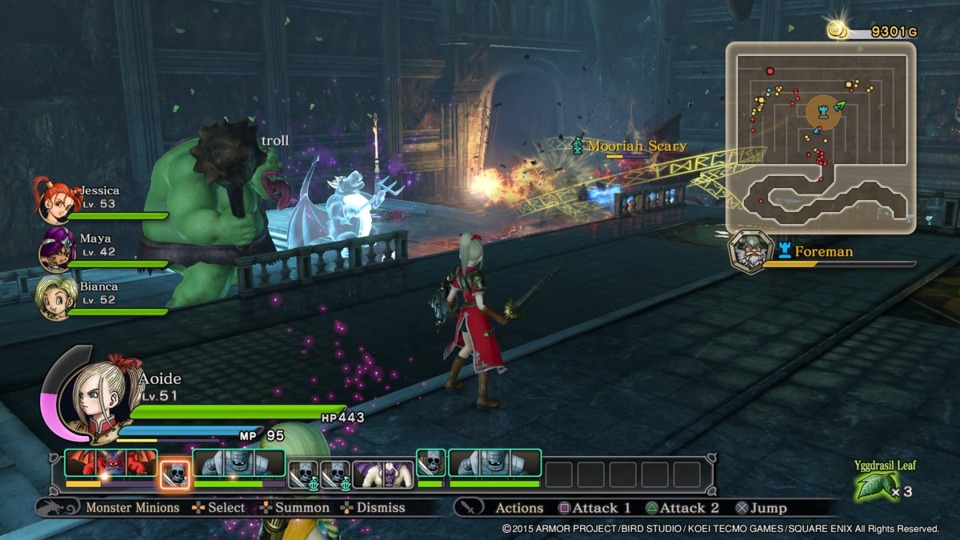
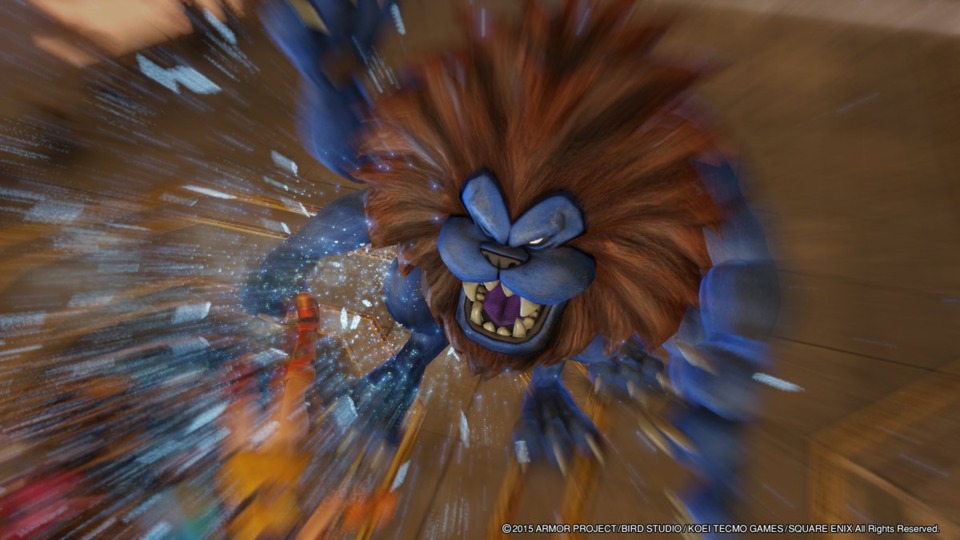
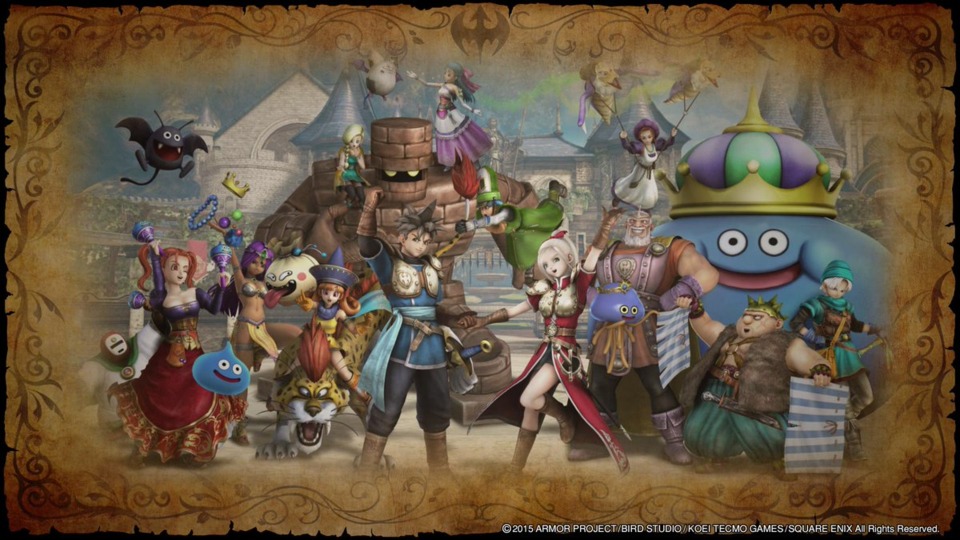
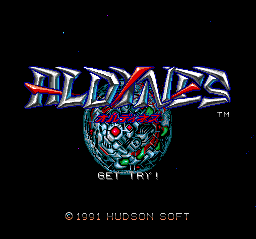
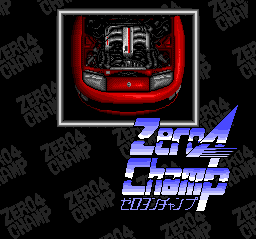
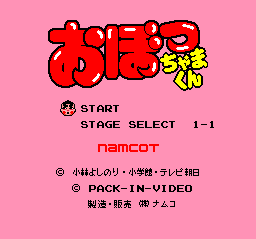
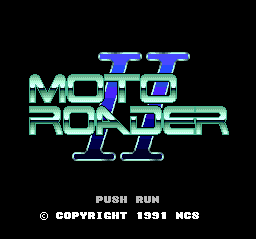
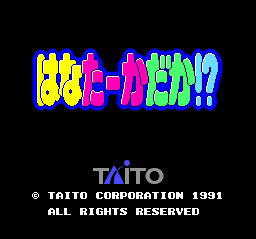
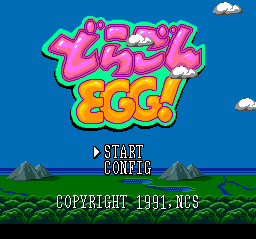
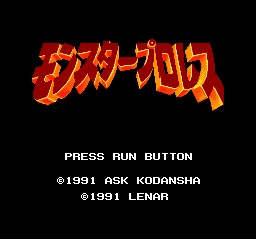
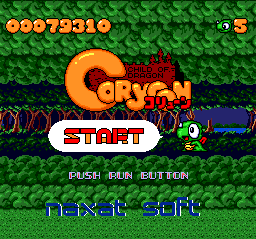
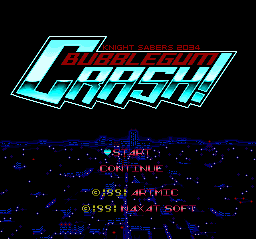
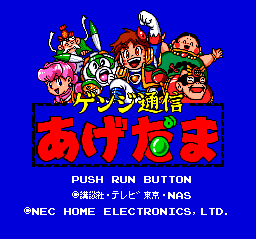
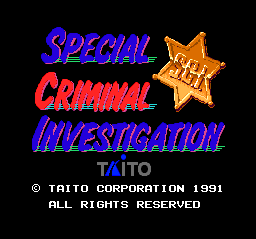
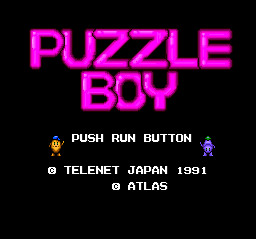
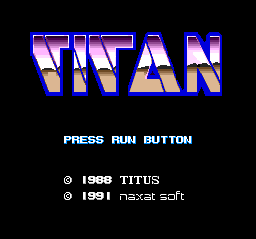
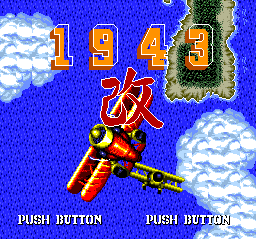
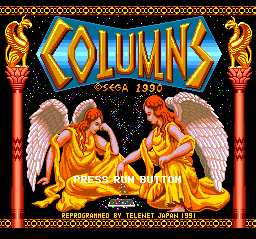
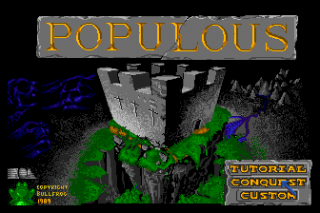
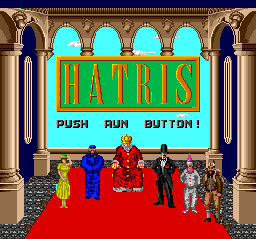
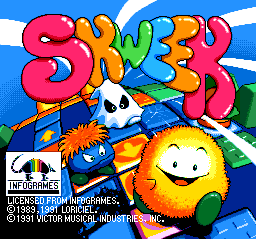
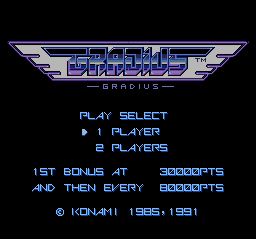
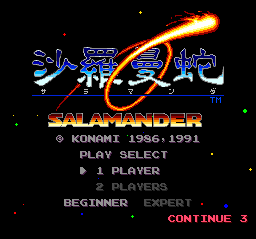
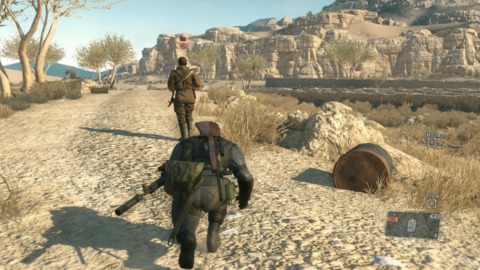
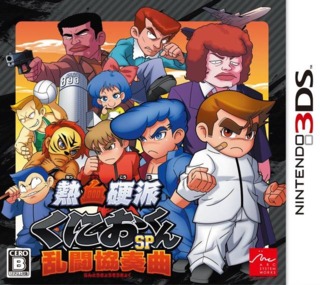
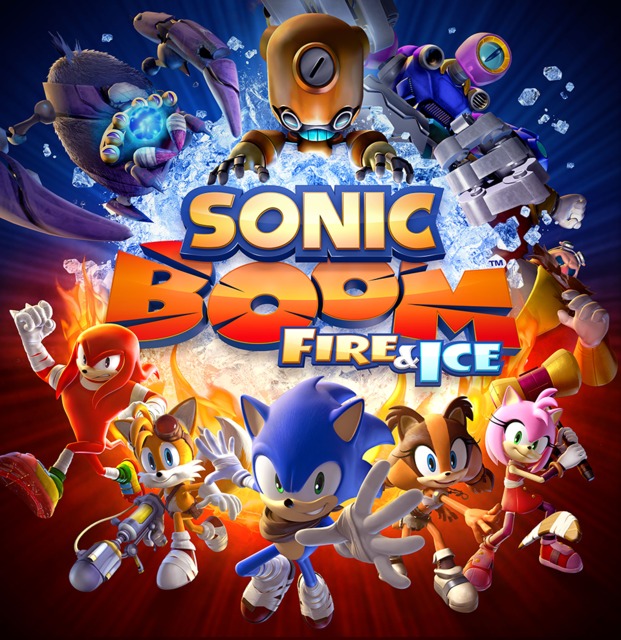
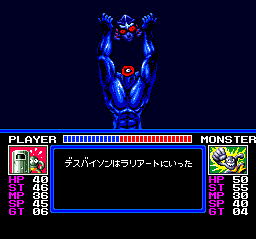
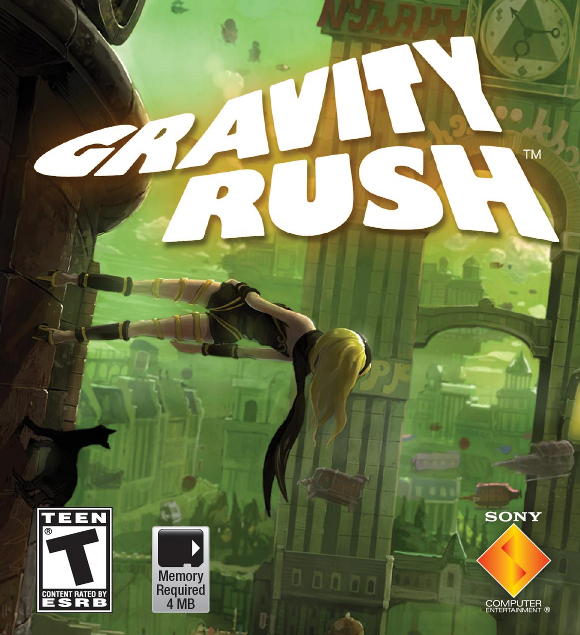
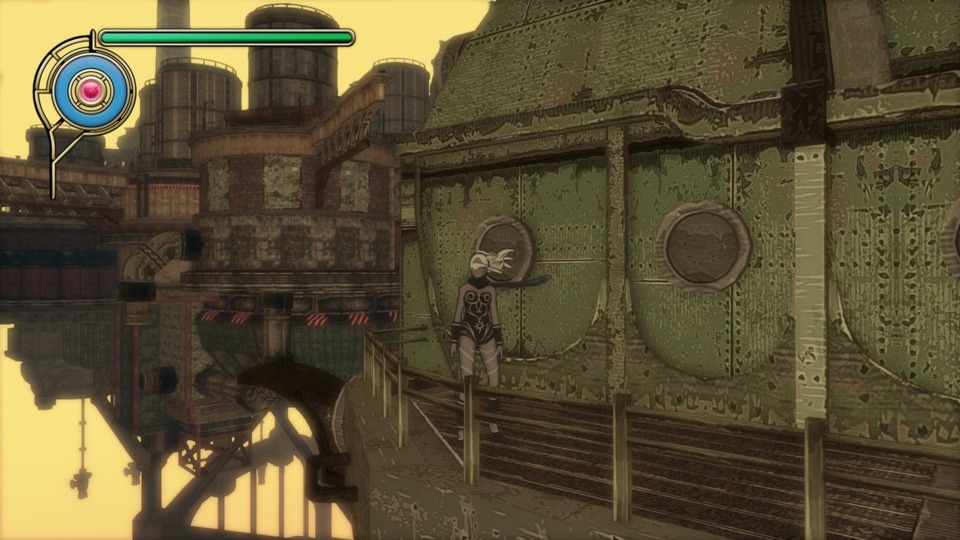
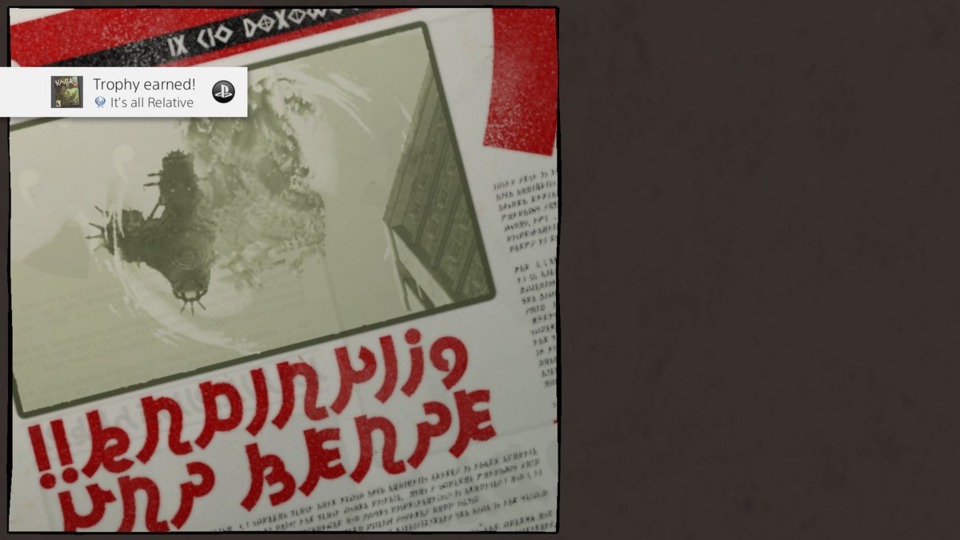
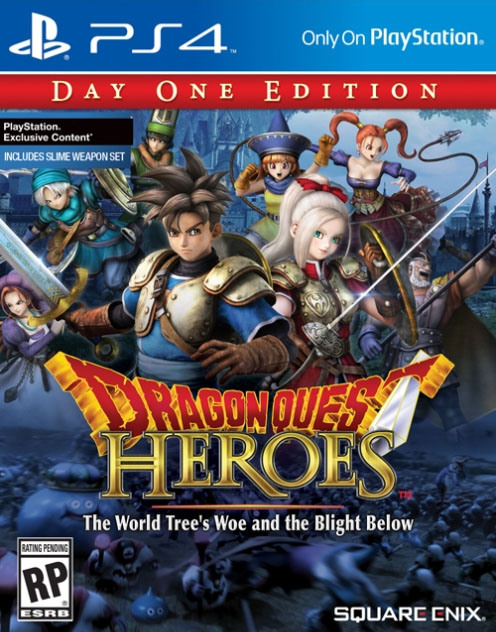
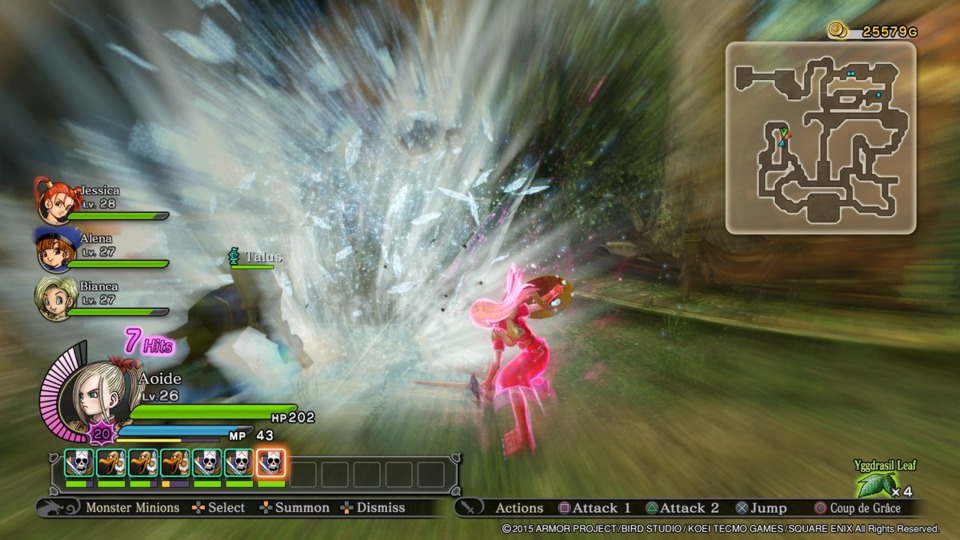
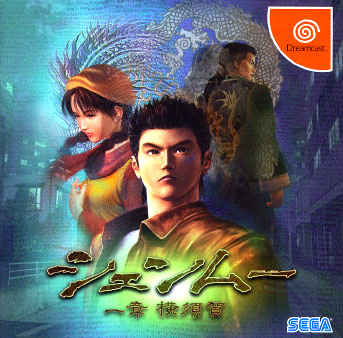
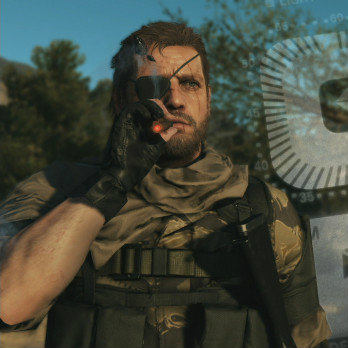
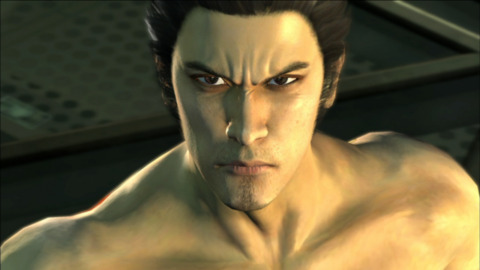
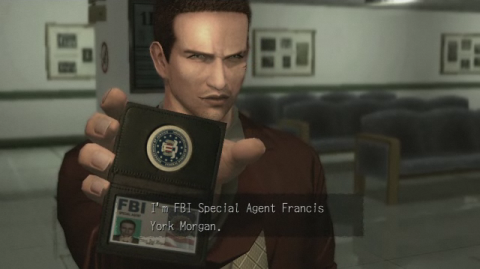
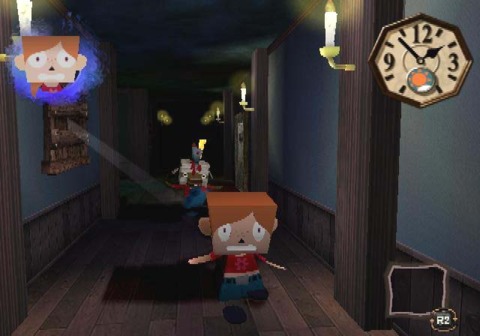
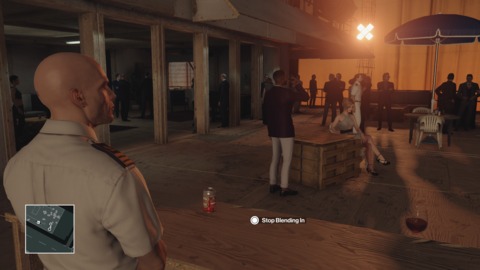
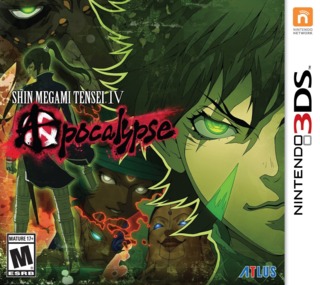
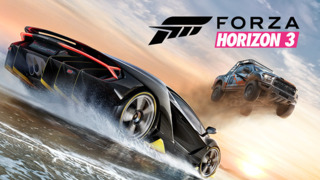
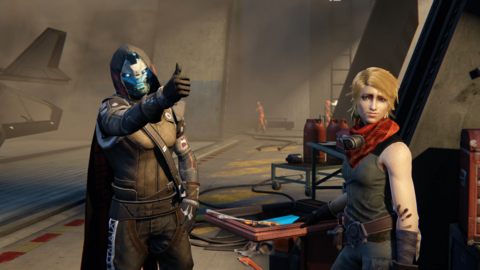
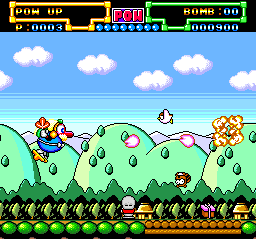
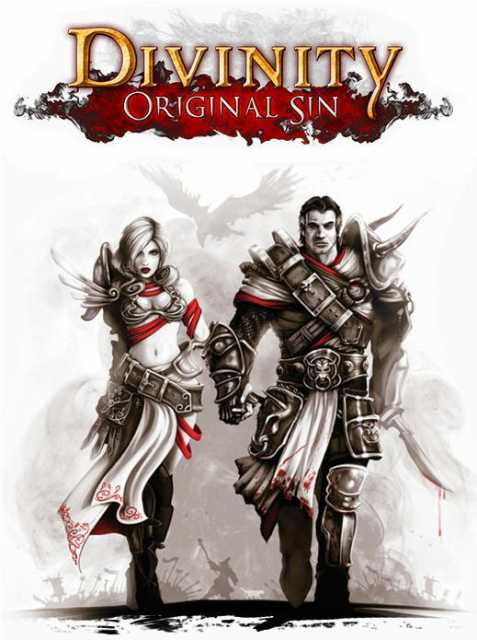
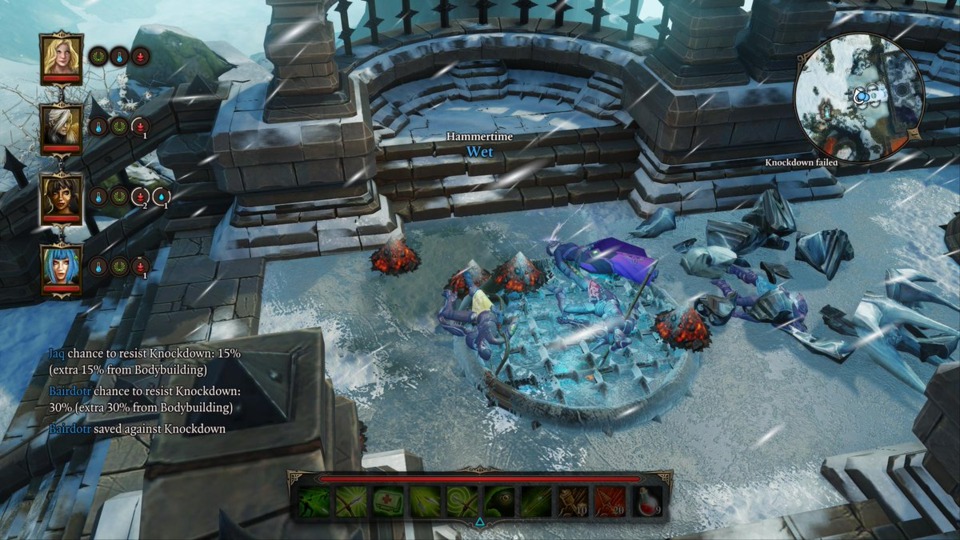

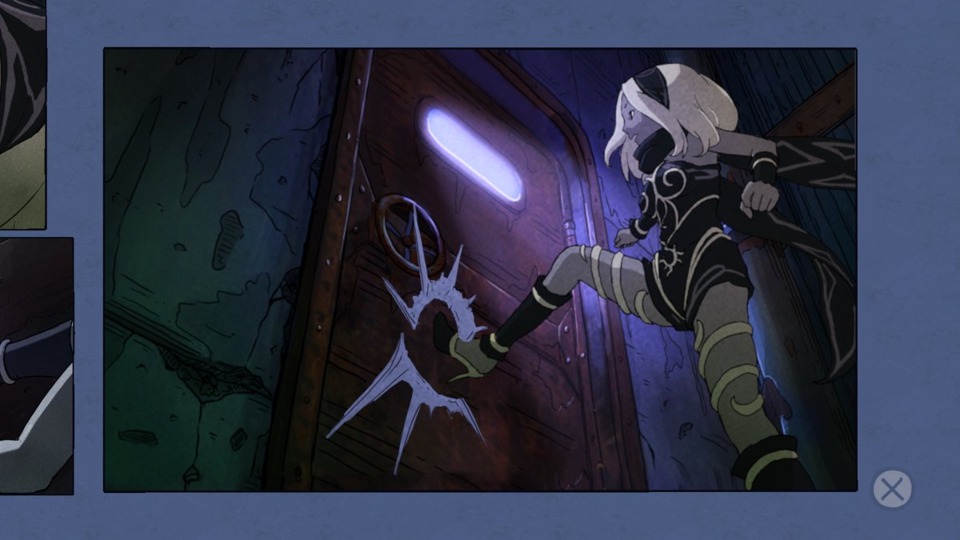
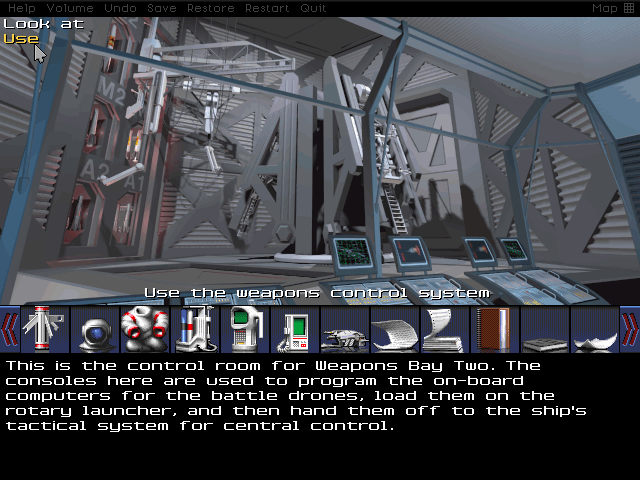
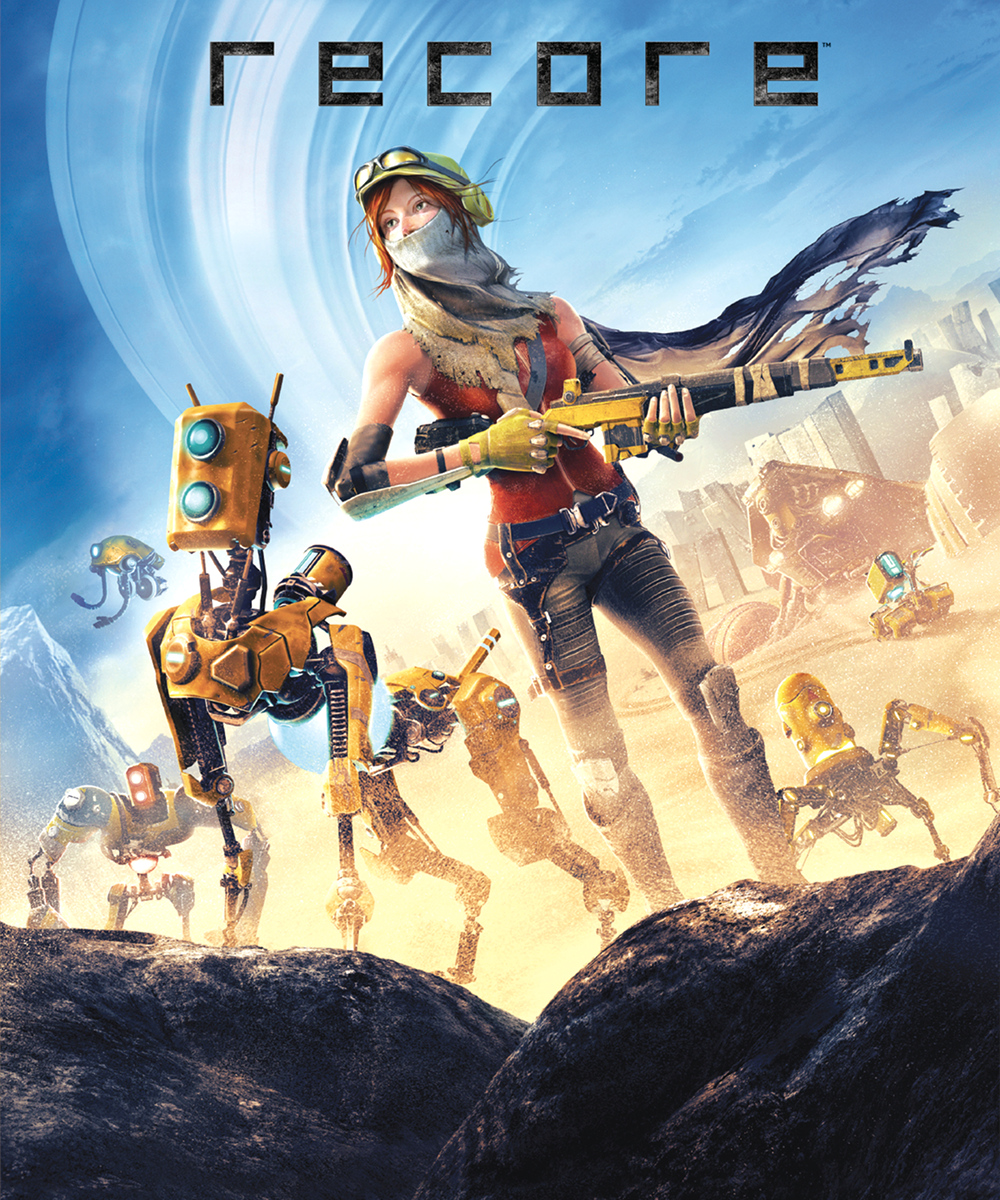
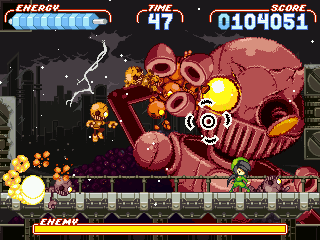
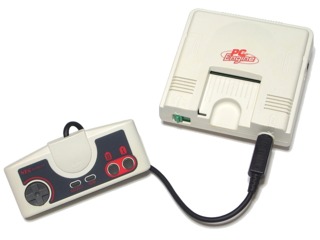
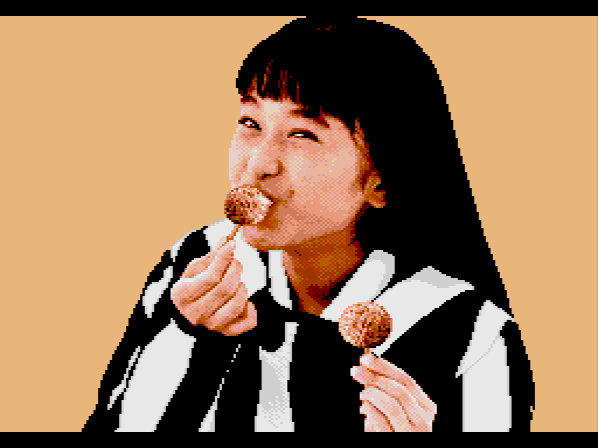
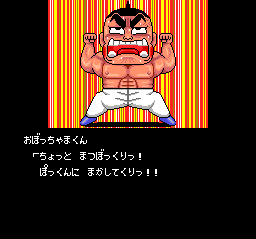
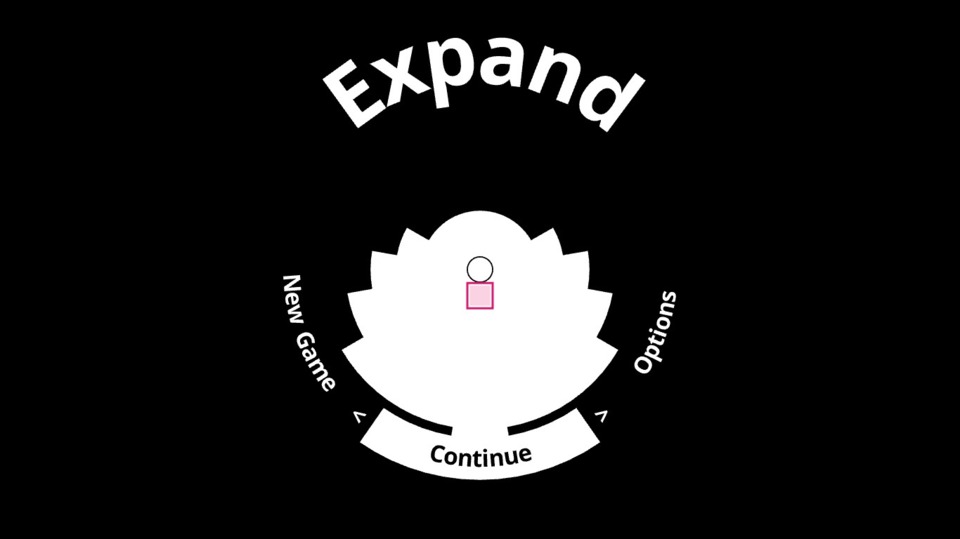
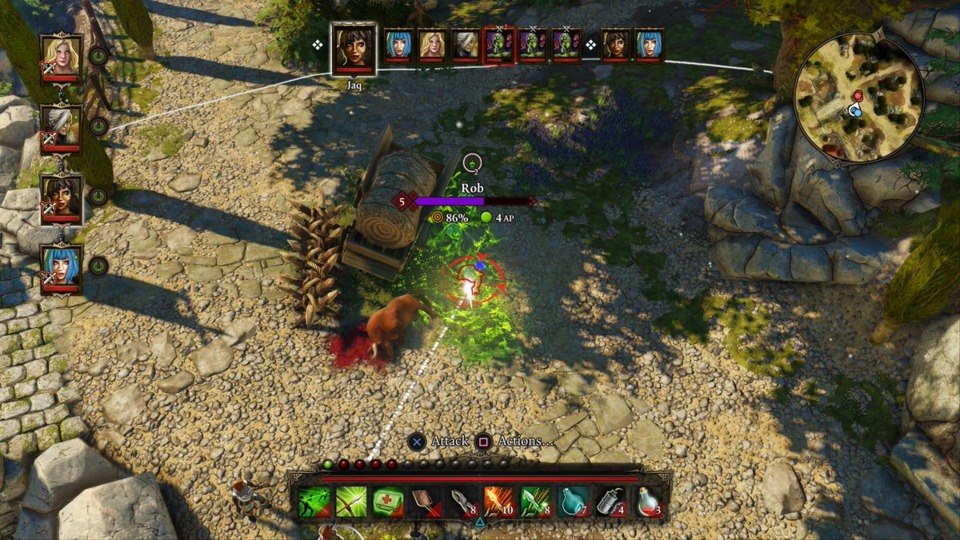
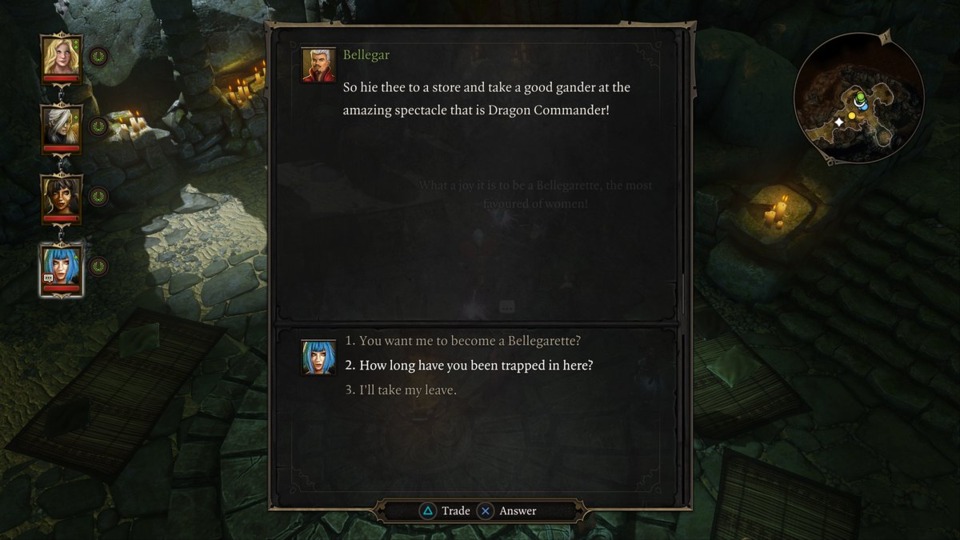
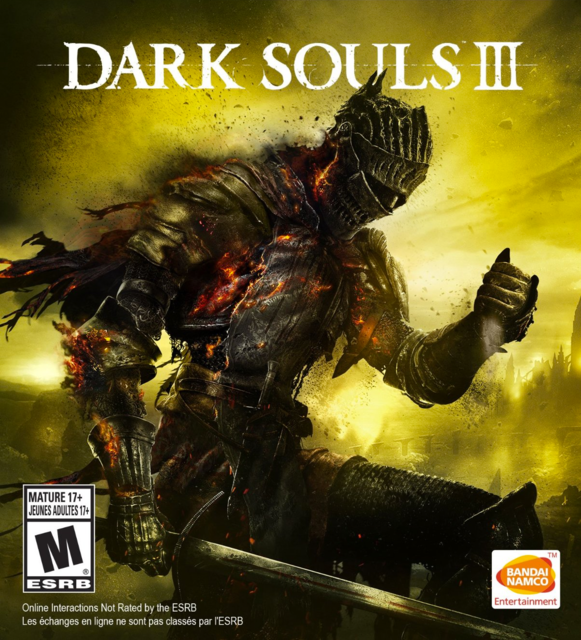
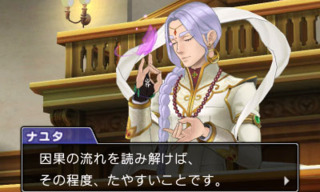
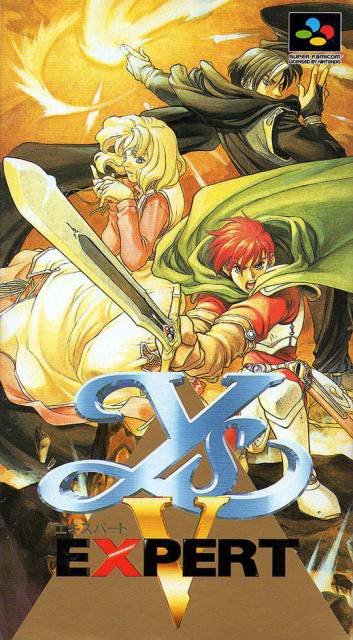

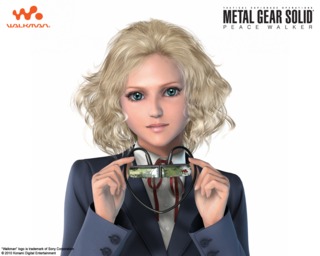


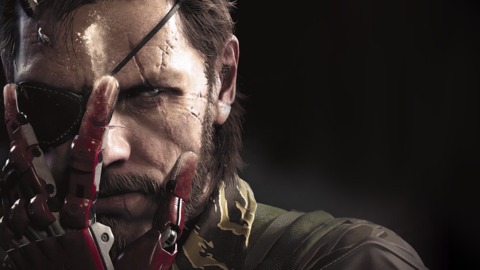
Log in to comment